They shine under every light, providing endless glow and sophistication. They are iridescent, lustrous and simply alluring. Fact is, the beauty of a natural pearl is simply mesmerizing. While most precious gems and jewels are formed in the ground, surrounded by rocks, pearls are unique among jewels as they are the only gemstone created inside a living creature. This adds to their magical, enigmatic appeal. The gems of the seas, aka pearls, are incredibly unique gemstones. But how are pearls made? What are pearls made of? And where do pearls come from? Read on to find out everything you need to know about the formation of natural and cultured pearls.
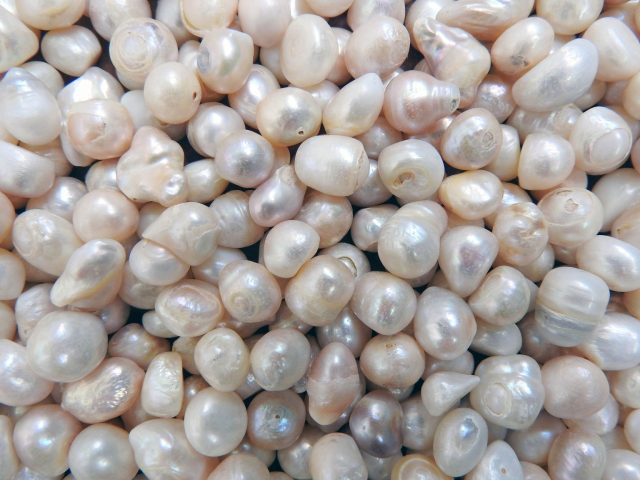
For centuries, pearls have captivated the human imagination with their luminous beauty and air of mystery. Unlike other gemstones that are mined from the earth, pearls are the only gems created by living creatures—making their origin story all the more enchanting. The process by which oysters make pearls begins when a tiny irritant, such as a grain of sand or a parasite, becomes trapped inside the soft tissue of an oyster or mollusk. In response, the animal secretes layers of nacre, a lustrous material that gradually encases the irritant, forming a pearl over time.
This natural process can take years, and the rarity of finding a perfect natural pearl makes them incredibly valuable. Today, cultured pearls—produced through careful human intervention in pearl farming—have made these gems more accessible. However, they still rely on the same remarkable biological process. As we explore the natural history of pearls, their cultural significance, and the evolving world of pearl farming, we uncover why these treasures of the sea continue to hold such allure.
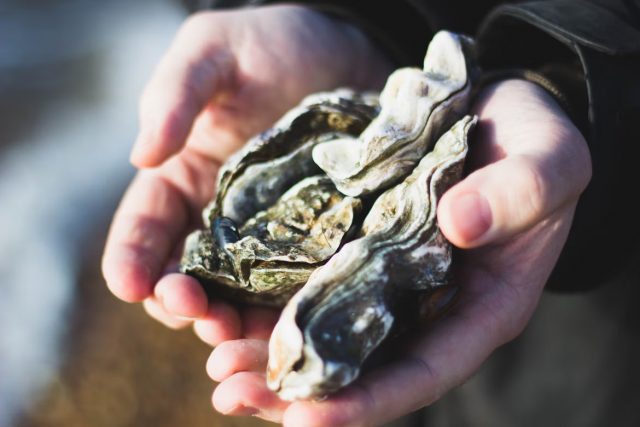
Where do pearls come from? They are grown inside aquatic creatures – oysters and mollusks. Oysters are a specific type of mollusk that lives in the ocean, producing saltwater pearls like Akoya, Tahitian and South Sea Pearls. Mollusks, on the other hand, live in fresh water and produce Freshwater pearls. Pearls form over a period of many years, reaching almost-round (baroque) or round pearl shapes.
Oysters, clams, and mussels are all bivalves—mollusks with shells made of two parts. Pearl oysters are the primary source of high-quality pearls, but clams and mussels can also produce pearl. However, this is much less common.
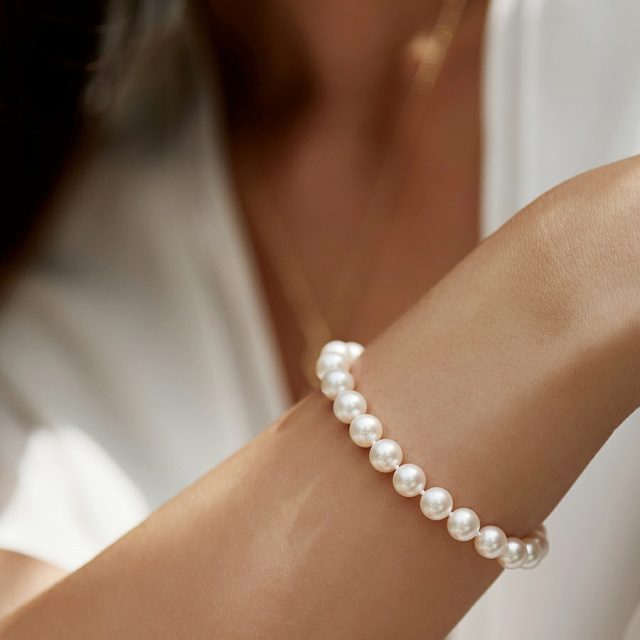
A pearl bracelet can simply elevate any outfit, be it formal or casual. Discover our selection of round and baroque pearls, including the unique luster of Freshwater, Akoya, Tahitian and South Sea pearls.
Explore our various colors such as white, pink, golden, black, blue, and green pearls. Make pearls your signature look! There’s a piece for everyone, including statement gems, dainty pearls in classic or modern designs, and more.
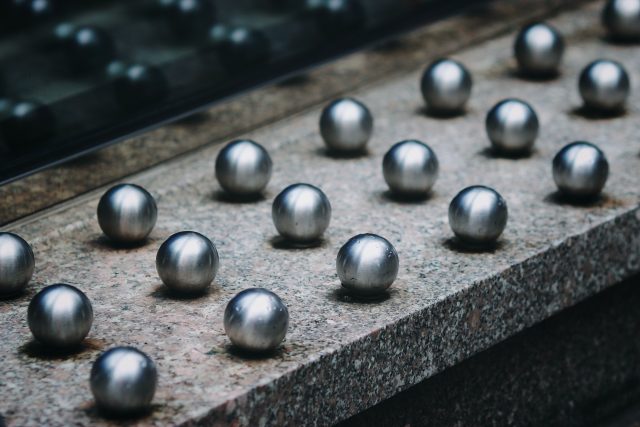
Pearls are made when a small irritant finds its way inside an oyster or mollusk. This can be a grain of sand or a piece of shell, but, more typically: a little parasite. The shell of the mollusk is made up of multiple layers, including the periosteum, prismatic layer, and the nacreous layer, which lines the interior of the shell. When an irritant enters the interior, it bothers the mollusk, which then produces nacre to protect itself. Through natural processes, the mollusk secretes nacre layers around the irritant. Nacre (or mother of pearl) is the substance that coats the inside of an oyster or mussel’s shell. The nacre coats the irritant, and the layers of nacre build up over time forming a pearl inside the oyster shell.
Depending on the size and shape of the irritant, the resulting pearl can take on a wide variety of sizes and shapes. The pearl color can also vary based on the part of the ocean or body of water where the mollusk lives. The ideal pearl is perfectly round and luminous. Very often they can also come in unusual shapes and different colors.
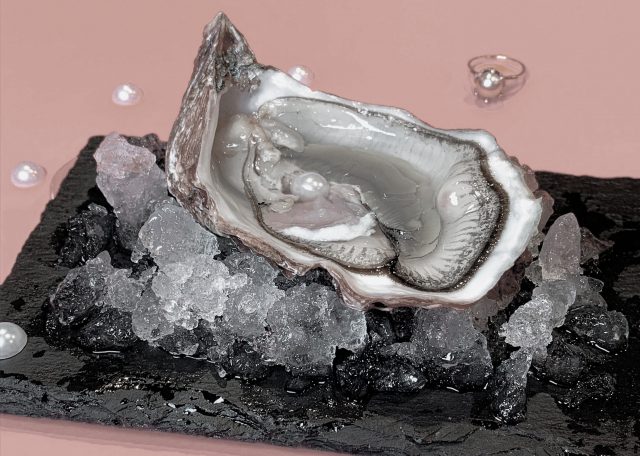
It takes many years for enough nacre to build up for the pearl to be finished. Generally, wild pearls take at least seven years to form.
Nacreous pearls are formed of the same substance called nacre that is composed of calcium carbonate (aragonite) and conchiolin. There are many types of nacreous pearls, including Freshwater, Akoya, Tahitian and South Sea Pearls.
In addition to nacreous pearls, there are also non-nacreous pearls that are composed of calcite. Unlike nacreous pearls, these types of pearls can’t be cultivated. The most popular types of non-nacreous pearls include Conch and Melo Melo. Conch Pearls are created by a large marine gastropod called the Queen Conch mollusk. Melo Melo gems are produced by the marine gastropod species Volutidae, which is a type of sea snail. The colors of these types of pearls range from pink to orange and brown.
When talking about cultured gems, the question remains: how are pearls formed? Because it takes so long for a pearl to form, and they can be very difficult to find in the wild, most pearls on the market today are actually farmed. Farmed pearls are created the same way as naturally occurring pearls. The only difference: the pearl farmers have more control over the finished product. They intentionally insert an irritant—often a small bead in the case of many cultured pearls—as the nucleus. Then, they make sure the mollusk is living in an environment where it will secrete nacre and then produce pearls in the correct pearl color. Cultured pearls usually take about three years to form, since the pearl farmers will insert a larger irritant as the “seed” that would exist in the wild.
Freshwater cultured pearls are farmed pearls which are highly popular and affordable, both the round pearls and the baroque pearls varieties. But how is a pearl formed? What makes a pearl form in its final shape? Freshwater mussels are surgically implanted with many tiny pieces of mantle tissue (a pearl farming process called nucleation). After the nucleation, a sac forms in the freshwater mussels and cells start secreting nacre, forming nacreous pearls over the course of months or even years.
Once the pearl has matured, the harvester opens the mollusk’s shell to carefully extract the pearl from its interior. This reveals the lustrous layers of nacre that contribute to its beauty and value.
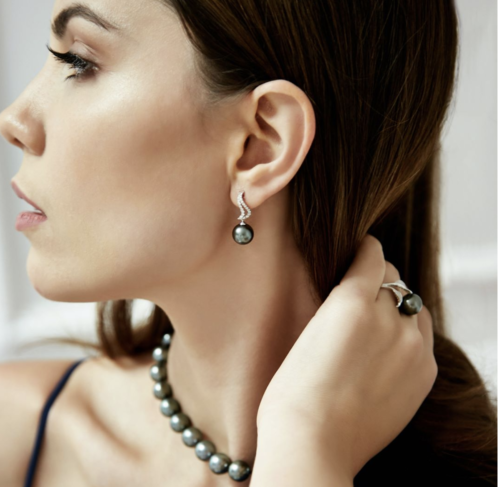
Pearl earrings are considered one of the most popular types of pearl jewelry. Despite their simplicity, what makes a pearl truly timeless is its versatility and sophistication. Make pearls the highlight of any look by opting for premium gems.
At The Pearl Source, we feature a wide selection of pearl earrings, including studs, drop designs and dangle pearl earrings featuring cultured pearls and mother of pearl. With so many different options, all that remains is to choose the pair that perfectly matches your style.
Throughout history, pearls have been treasured not only for their beauty but also for their deep symbolic meaning. Across cultures and civilizations, pearls have represented purity, innocence, and wisdom, often gracing the jewelry boxes of royalty and the elite. In ancient Rome and Egypt, pearls were a sign of immense wealth and power, reserved for emperors and queens. Hindu legends describe pearls as the tears of the gods, while in ancient Greece, they were linked to love and the goddess Aphrodite. Over the centuries, pearls have adorned everything from royal crowns to wedding gowns, symbolizing elegance and sophistication. Today, pearls remain a timeless choice in jewelry, from classic necklaces to modern earrings, cherished as gemstones that embody both tradition and contemporary style. Whether worn as a statement of status or as a symbol of purity, pearls continue to inspire and enchant across generations.
Pearl farming has become an essential part of the modern pearl industry, but its impact on the environment is a subject of ongoing discussion. On the positive side, many pearl farms contribute to the conservation of marine habitats, as healthy oysters and mussels require clean, unpolluted water to produce high-quality pearls. Some pearl farming operations have adopted sustainable practices, using environmentally friendly materials and minimizing waste to protect local ecosystems. However, the expansion of pearl farming can also pose challenges, such as the potential for habitat degradation, water pollution, and the introduction of non-native species that may disrupt local biodiversity.
As the demand for pearls continues to grow, the industry is increasingly focused on balancing production with environmental responsibility, ensuring that the beauty of pearls does not come at the expense of the natural world. By supporting pearl farms that prioritize sustainability, consumers can help protect the delicate environments that make these remarkable gems possible.
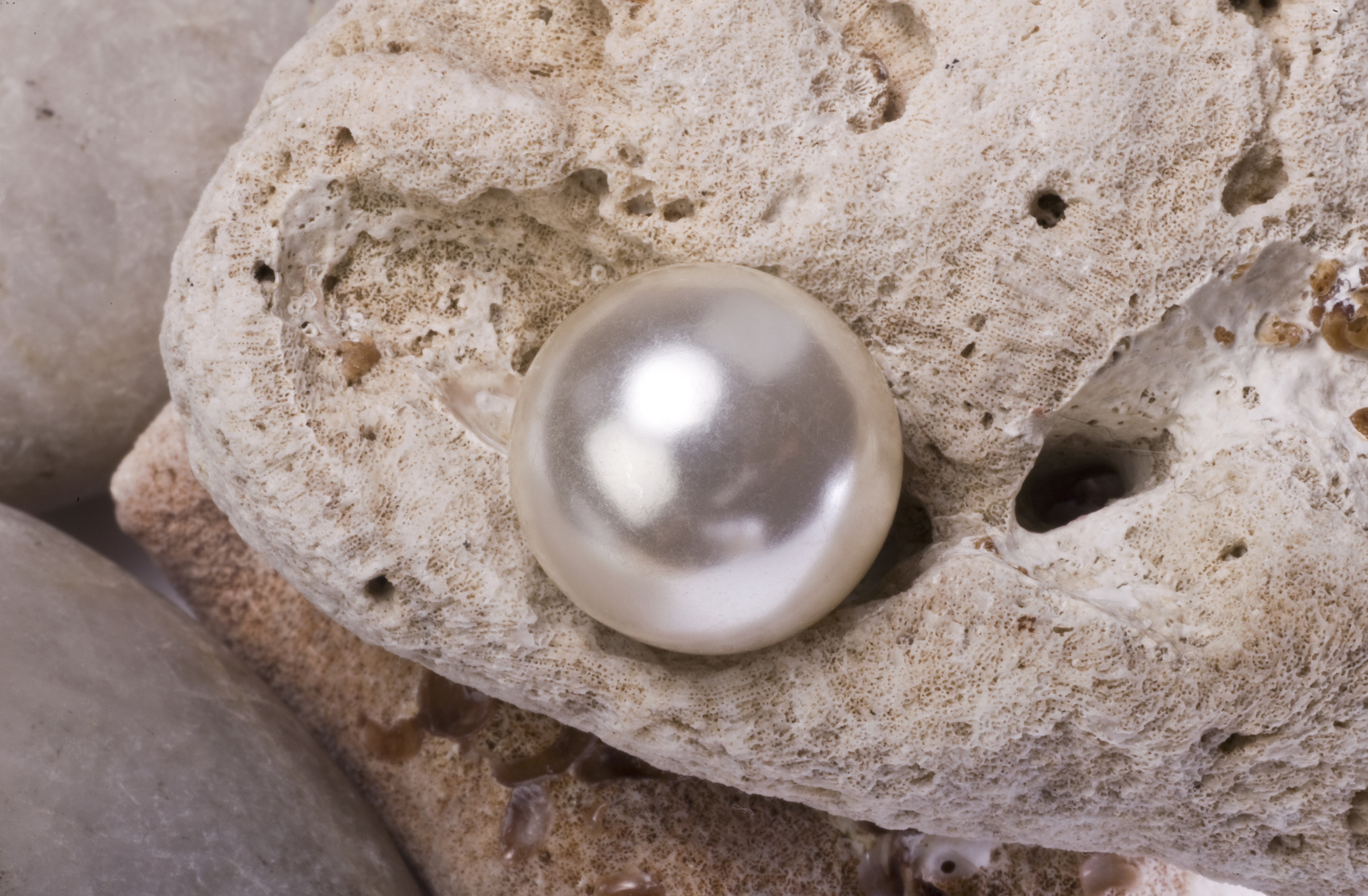
The way a pearl is formed is a captivating biological process: a tiny piece of sand inside the shell metamorphoses, after layers and layers of nacre, into a veritable gem.
A pearl is created when irritants, such as a small piece of sand, parasites, or other debris, find their way into an oyster or mollusk (either naturally or with human intervention). The oyster or mollusk starts secreting a fluid in order to coat the irritant. This coating later becomes a pearl.
Producing a pearl can take a very long time. The actual duration of forming a pearl ranges from 6 months to several years. Prior to producing a pearl, a mollusk needs to mature in order to begin the pearl making process.
A pearl has the same composition as the shell / nacre (mother of pearl, also called nacre), meaning calcium carbonate (aragonite or aragonite mixed with calcite). These are minerals found in minute crystalline form, deposited in concentric layers of a material called nacre.
Imitation pearls are artificial beads that resemble pearls in appearance, often with a bead at the center. The main difference is that they are mass produced and crafted from glass, shells or plastic. Cultured pearls and natural pearls are both considered real pearls, as they are produced by oysters and mollusks. Natural pearls occur naturally and they are incredibly rare. Cultured pearls are farmed in pearl farms, meaning that were not formed by nature alone. The vast majority of pearls on the market today are cultured pearls. Fact is, a natural pearl and a cultured pearl are indistinguishable from each other.
Now that you know the answer to the question ‘how are pearls made?’ and ‘where do pearls come from?’, you should understand why this rare gem is so valuable. The circumstances need to be just right for a beautiful pearl to form. Plus, they take years to be ready to harvest. What makes a pearl valuable is its rarity, type, luster and surface and the prices for cultured gem grade pearls vary depending on these factors. Whether you are shopping for freshwater pearls or saltwater pearls, white or black pearls, nacreous pearls of Melo Melo, round gems or mother of pearl jewelry, make sure that you purchase your gems only from reputable retailers in the pearl industry, who are experts in the process of pearl production, as well as able to offer the best gem quality pearls available.
Signup now and receive an email once I publish new content.